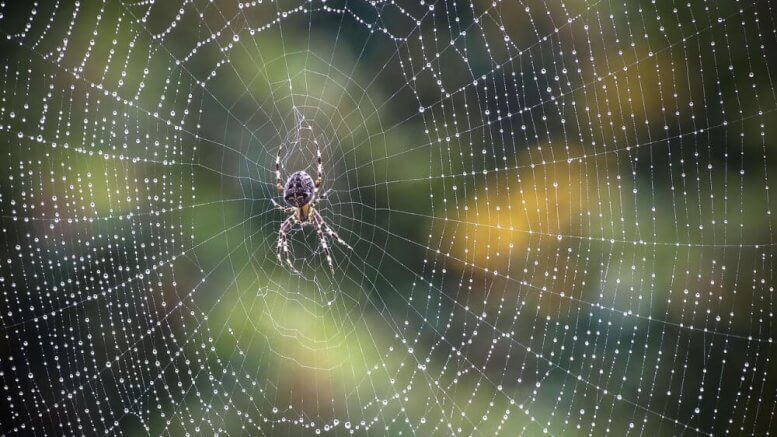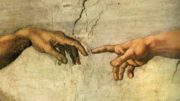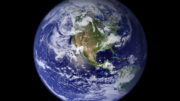Editor’s note: The following is an excerpt from the newly released book, Animal Algorithms: Evolution and the Mysterious Origin of Ingenious Instincts, from Discovery Institute Press. Don’t miss the TODAY’S webinar with Eric Cassell and Casey Luskin, Thursday, December 9, from 4 to 5:30 Pacific time. Register here.
Eric Cassell | Evolution News
Spiders are another of nature’s master engineers. About half of known spider species (order Araneae) construct webs made of silk. Spiders can make different types of silk, depending upon its function. For example, the golden orb-weaver spider has seven kinds of silk glands, with six spinnerets.1 Some is used for spinning webs, of course, but other types are used for wrapping prey and encasing eggs. Silk can be stronger than steel of the same thickness, can stretch more than rubber, and is stickier than most tape.2
The Goulds describe silk as “easily the most remarkable building material on the planet, and it has one source: arthropods.”3 Despite great effort, humans have yet to produce anything functionally equivalent to silk. Through genetic engineering, attempts have been made to duplicate it without success. The main challenge is replicating the sophisticated and information-rich protein molecules found in the silk produced by spiders and other silk-producing arthropods such as silkworms — proteins that are nearly double the size of average human proteins.4Smaller proteins do not have the strength or flexibility of spider silk. Given the advanced genetic and manufacturing technologies available today, it is remarkable that spider silk still cannot be duplicated. This illustrates just how advanced the engineering design of spider silk is.
A Typical Garden Spiderweb
Orb webs are the most common and familiar types of spiderwebs. A typical garden spiderweb is made of 65 to 195 feet of silk.5 The webs consist of sticky “catching threads”; radial “spokes” for holding the sticky threads; “bridge threads” that act as guy-lines for holding the web up; “signal threads” that inform the spider through vibrations sensed in the legs that prey is in the web; and “drag lines” for access into the web from her home.6 The silks employed in the different uses are each unique, being constructed of different combinations of proteins. The types include “slinky” for stretchiness, “zipper” for flexibility, and “lego” for toughness.7 Construction of the web is a purposeful, goal-driven activity. This becomes particularly obvious as one observes the process in videos available on the Internet.8





